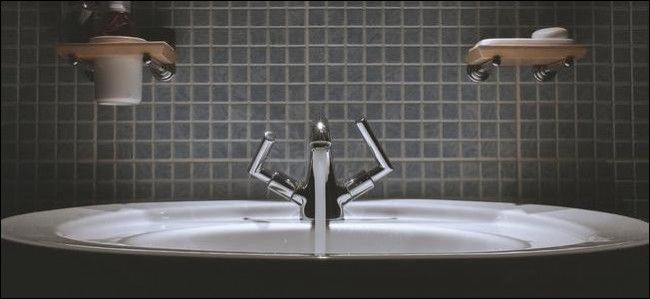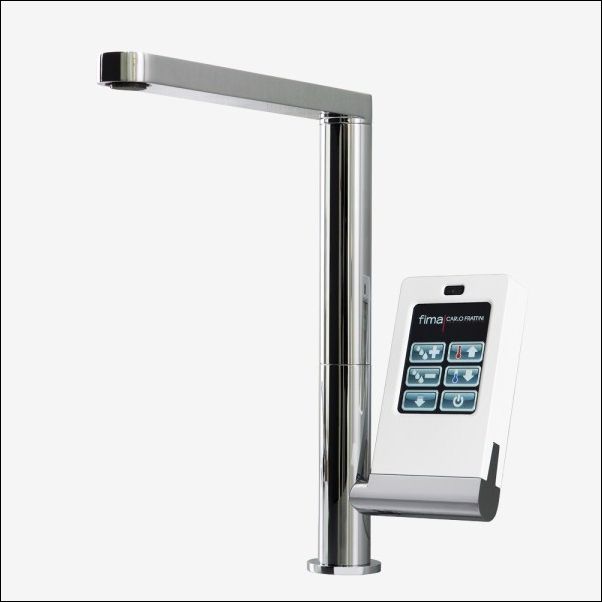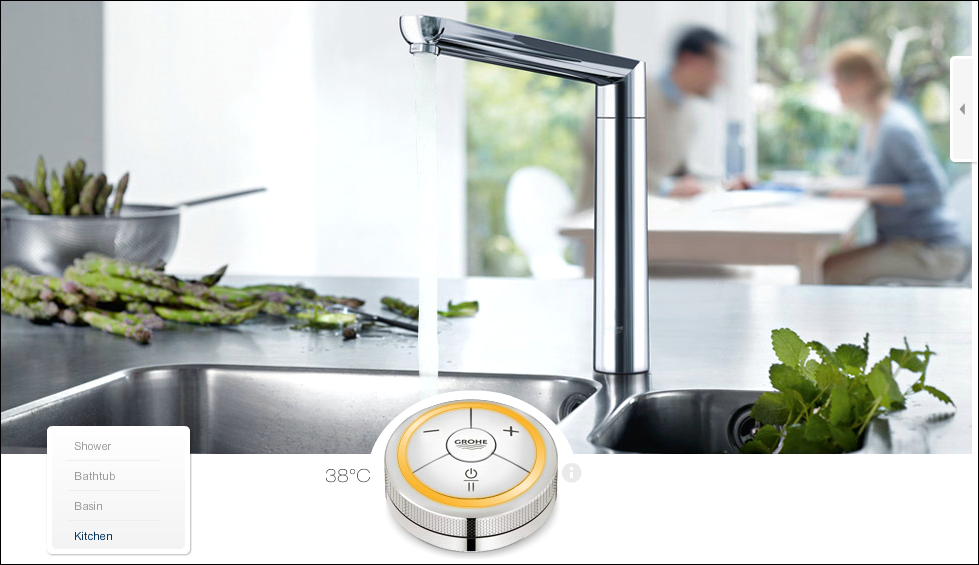With multi-year drought an all-too familiar weather pattern in places like Texas, the Southwest, and California, the need to conserve water has never been more important than it is today. But how do you police something that people use in your house almost as much as the electricity that keeps the lights on?
"Smart" faucets are a new gadget that are slowly making their way into our homes, equipped with temperature gauges and efficiency sensors that make it easy for every member of your home to carefully control how much water they use in the kitchen or the bathroom.
But what do they actually do, how much do they cost, and how can you get one installed in your home? Read on to learn more about this new and innovative water-saving technology.
What's a "Smart" Faucet?
To start, it helps to know what we're talking about when we bring up the term "smart" faucet.
As of now, there are three different classifications of smart faucet: hands-free, digital, and combo. The first is the most-recognizable of the bunch, having been a part of public bathrooms for several decades now. These are at-home faucets that contain small IR sensors which will turn on the flow of water when it detects movement in the sink, and turn off once your hands have been removed. These are convenient if you find yourself constantly scrubbing soap gunk off your sink's hot/cold handles, or just want a way to keep both your family and your hands cleaner than they would if you had to adjust the water temperature manually every time you went to wash up.
Our favorite aftermarket model in this department is the EZ Faucet II, from iTouchless. At just under $60 it's a cheap, simple add on that works much like an add-on water filter in that the only thing you need to do to install it is simply unscrew any cap that's protecting the faucet, and attach the EZ Faucet II instead.
Next, there's digital faucets. These are fairly new to the field, and use digital displays to show you the exact temperature the water is currently set at and adjust accordingly depending on your personal preference. You can get faucets like these as either full units, or you can buy add-ons that attach to almost any sink or faucet throughout your house. The upcoming Grohe-F Digital is the perfect example of a unit that can be sold separately, and will universally attach to almost any make or model of sink faucet, bathtub faucet, or shower head.
Last, there's combo faucets. These models are understandably the most expensive of the bunch, but what they lack in affordability they more than make up for in features and add-ons. By fusing the ease of use in hands-free models with the efficiency meters of digital, these faucets are able to save more water than both features independently might be able to, all while keeping a close eye on how much each faucet is putting out around the house. A good buy in this department is the Nomos kitchen faucet, by Fima.
Why Would I Want One?
The next time you go to wash your hands a sink, in the bathroom or kitchen, think about how you use it. First, you turn on the warm water, then once that's running you turn on the cold. You adjust both handles ever so slightly until you hit the perfect temperature that won't scald your skin off or make you start to shiver, and only after all that's done do you finally start the process of getting your hands clean.
Although not a ton of water gets wasted doing this once (maybe a few glasses full), how many times do you do that a day? Then multiply that by the number of people in your house, and you begin to see how much that adds up over days, weeks, and months. Smart faucets route around this problem by preheating (or cooling) the water to your exact specifications before the faucet even turns on, drastically reducing the amount that gets wasted and increasing efficiency across the board.
This can be a hugely valuable tool in the long run, and owners of smart faucets say they pay for themselves in only one-to-two months of general usage. Not only that, but the less time you spend fiddling with the handles while your hands are still dirty, the less germs you spread throughout your home. According to a recent study of how germs are spread throughout the average home, it was found that kitchen sinks can often carry twice the amount of bacteria as a keyboard or even your toilet seat, as bugs thrive in moist environments that often come into contact with human skin. With hand-sensors and customized temperature control, you can be sure that the only thing you touch with your germ-ridden fingers the next time you go to wash up is the towel you use to dry off once you're done.
Less germs means less people getting sick, which means less time spent wasted on the couch trying to recover from the latest flu that's spread through your kid's school.
If you can't afford the deluxe all-in-one smart faucet, there are still plenty of options out there that will allow you to tack digital readers and temperature controllers onto your regular sink without dropping half a month's pay for the privilege.
Smart faucets may not take off the same way that other smart home devices have, but they're still a unique, money saving addition to anyone's home that can help you reduce your impact on the environment while making sure your water bill doesn't hit as hard at the end of each month.



